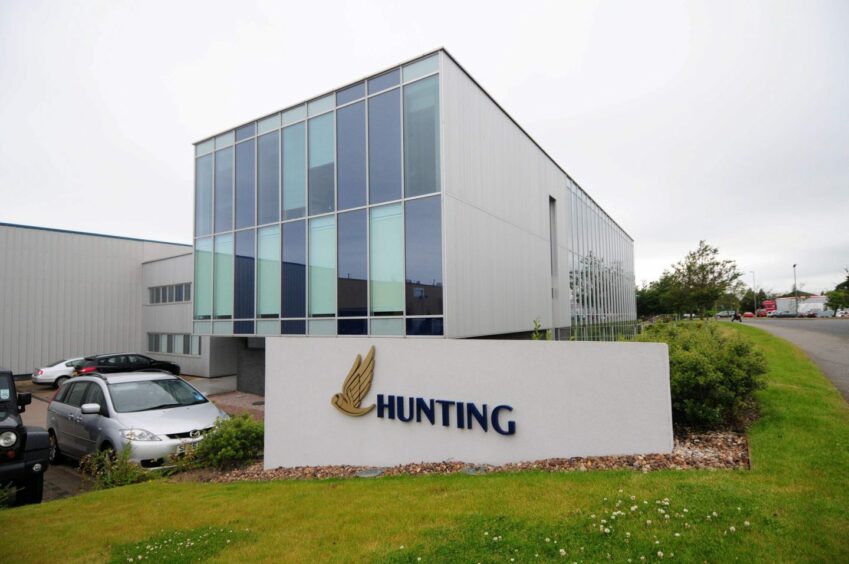
A major subsea contract win in South America topped off a confident third quarter trading update from Hunting.
In an update on Thursday the London-headquartered oilfield services supplier (LON:HTG) reported a $59 million order for its titanium stress joints secured this month with an unnamed in South American operator.
The firm said the award highlighted the continued success of the technology for applications in floating, production storage and offloading (FPSO) facilities, and would be completed over the next 28 months.
It adds to a sales order book of some $511m as of 30 September 2023, with the company noting that international drilling activity has continued to drive demand for its product lines.
“Activity in South America, the Middle East and Asia Pacific markets continues to be high, offsetting some softness seen within the North American onshore market,” Hunting reported.
Year-to-date EBITDA of $75 million shows a “near doubling” compared to the same period in 2022, while working capital increased by $28m over the last quarter as it invested to meet orders.
Accordingly, it remained confident in its full year EBITDA expectations of $96-100m.
Chief executive Jim Johnson commented: “The performance of the group has been encouraging in the period driven by strong international demand for oil and gas, underpinned by an increasing global focus on energy security and continued economic growth. Each of Hunting’s product groups continues to execute on its strategy of growth, as we outlined at our capital markets day.
“Our diverse product platform plays to the long-term investment themes of the industry, including strong growth in offshore work and international activity levels growing at a robust rate.
“We are also pleased to note that commodity prices are showing resilience. This strength will continue to deliver commitments to new drilling and completion activity as we enter 2024 and positions the Group strongly going forward.”
At its markets day last month Hunting voiced plans to grow sales to around $2bn per annum by the end of decade, at EBITDA margins in excess of 15%.
It intends for this to be driven mainly through its OCTG businesses on the back of international oil and gas demand and “high-growth energy transition markets” such as geothermal and carbon capture.
It also hopes to diversify with an acceleration of non-oil and gas sales – mains through its advanced manufacturing arm – targeting the aviation, commercial, defence and medical sectors.
Recommended for you
